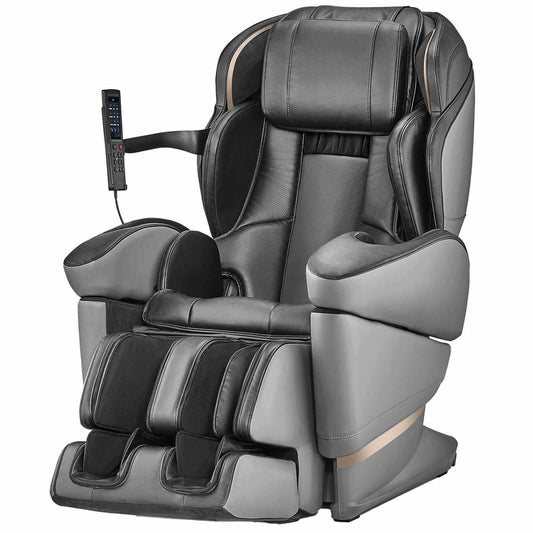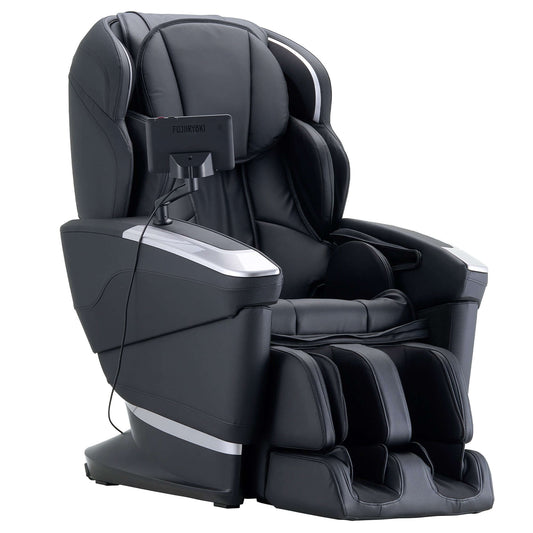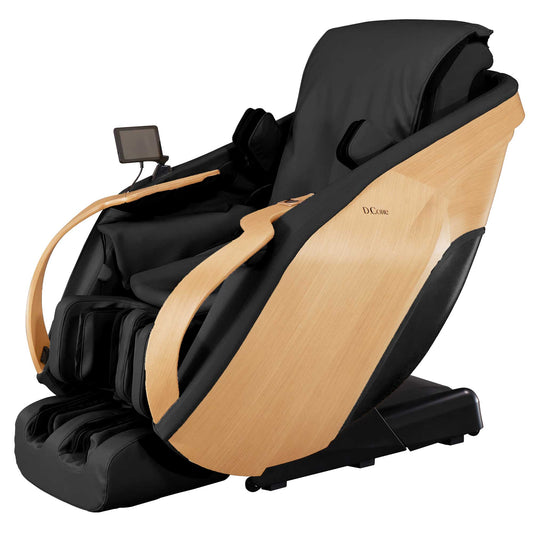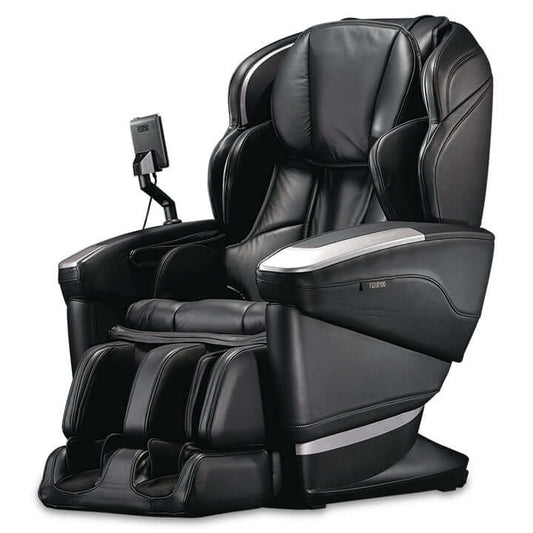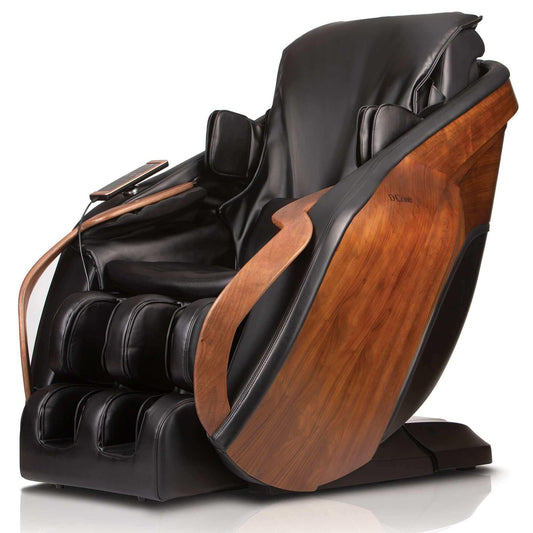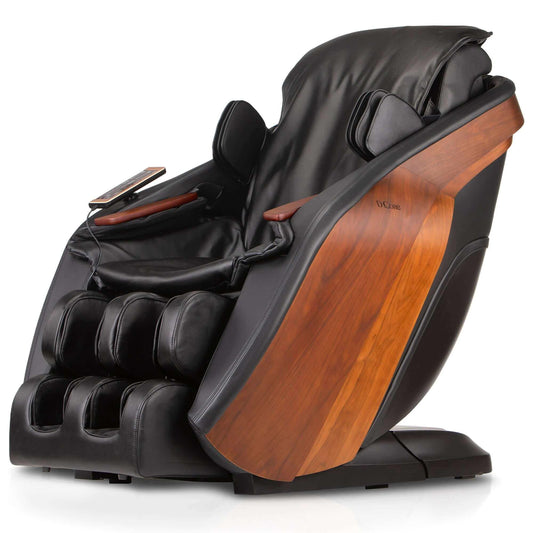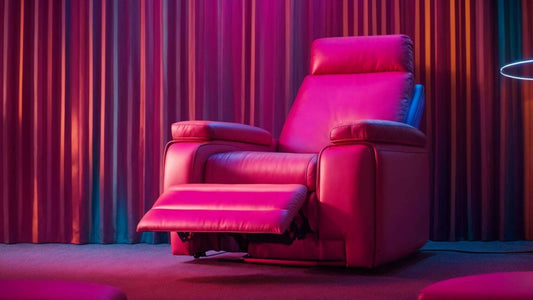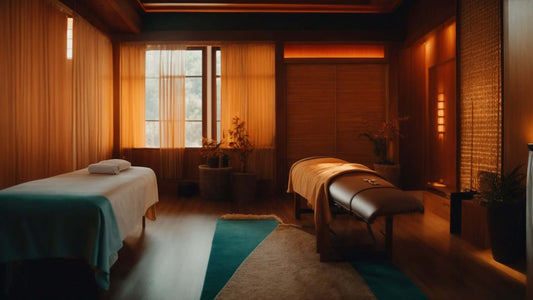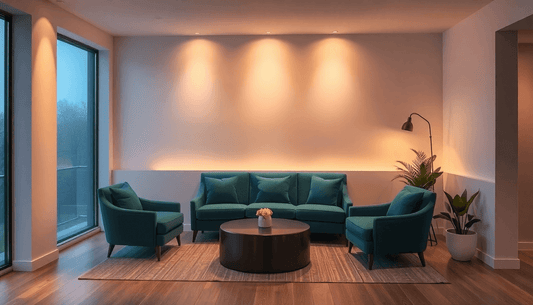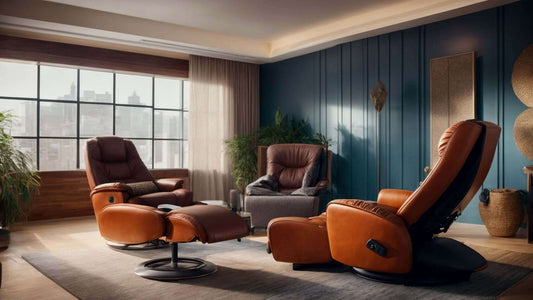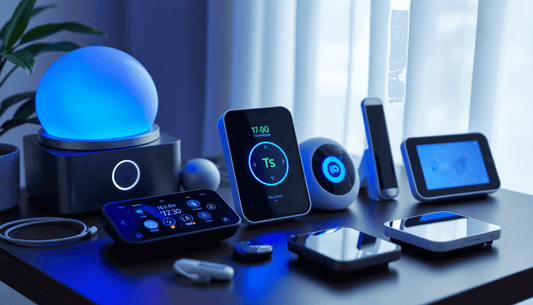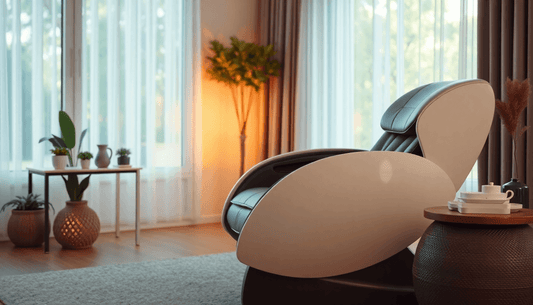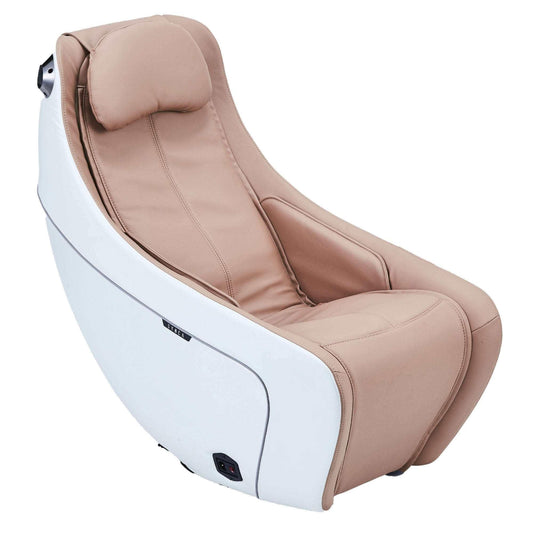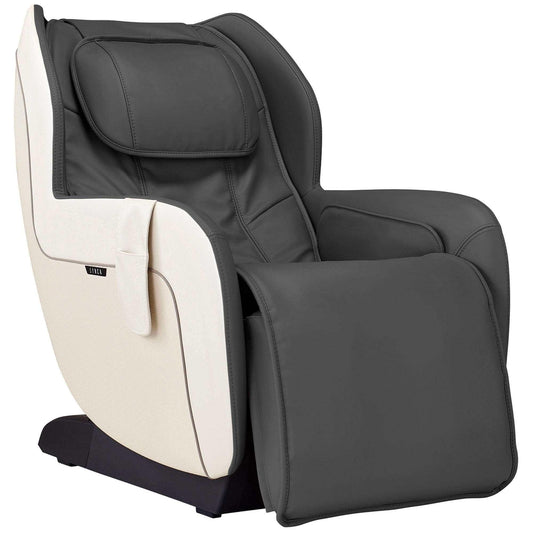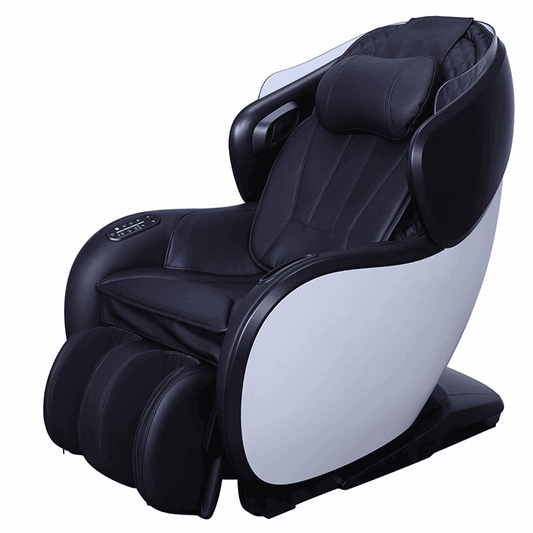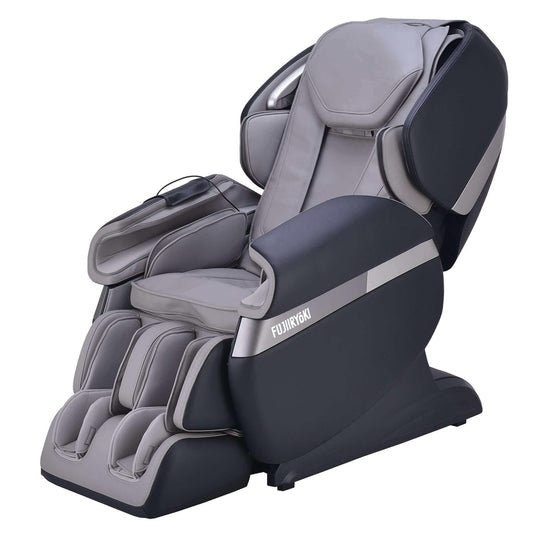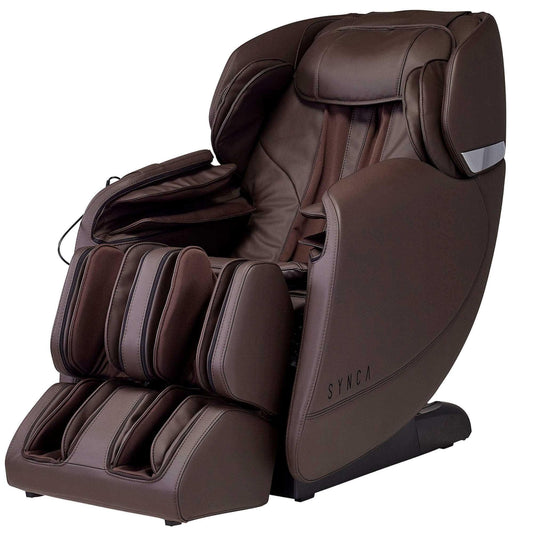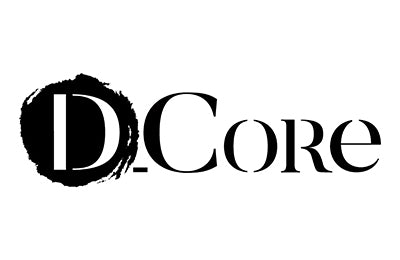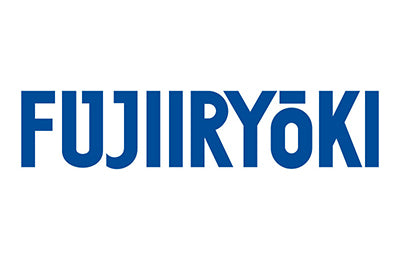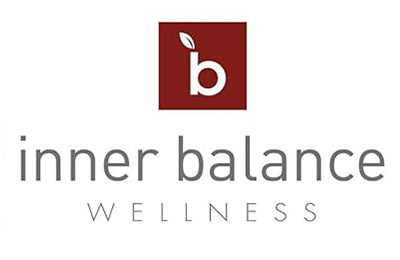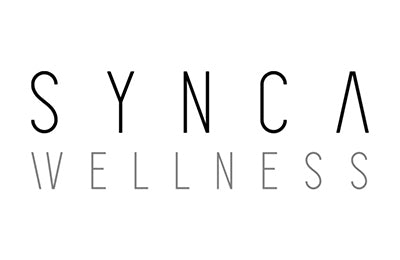
Top Benefits of Massage Chairs for Stiff Neck Relief
Understanding the Link Between Stiff Necks and Muscle Tension
Stiff necks often stem from prolonged muscle tension, which is commonly caused by stress, poor posture, or repetitive strain. The neck muscles, especially the trapezius and levator scapulae, are prone to tightening when subjected to physical or emotional stress. This tension restricts blood flow, leading to stiffness and discomfort.
Factors such as working on computers for extended periods, sleeping in awkward positions, or engaging in physically demanding activities can exacerbate muscle strain. Over time, these issues may create trigger points—knots in the muscle tissue that contribute to persistent discomfort. By addressing muscle tension, relief can often be achieved efficiently.
What Causes Stiff Neck Issues? A Quick Overview
Stiff neck problems often arise from a combination of physiological and environmental factors. Common causes include poor posture, prolonged periods of desk work, or sleeping in awkward positions that strain the neck muscles. Physical stress, such as lifting heavy objects incorrectly or sudden movements, can also lead to tension.
Additional factors may include:
- Muscle Overuse: Repetitive motions or activities can tire neck muscles, causing stiffness.
- Stress: Emotional stress often leads to muscle tightness in the neck and shoulders.
- Injury or Trauma: Sudden impacts or minor accidents may provoke neck muscle discomfort.
- Underlying Conditions: Issues like arthritis or cervical spine disorders can contribute to chronic stiffness.
Understanding these triggers allows for better management and prevention strategies for neck stiffness.
How Massage Chairs Mimic Hands-On Therapy for Neck Relief
Massage chairs utilize advanced technology to replicate the techniques of professional therapists. By incorporating systems like 3D rollers and airbags, these chairs simulate movements such as kneading, rolling, and tapping to target neck tension effectively. Sensors often detect body contours and adjust pressure for a tailored experience, mimicking the precision of manual therapy. Heating elements enhance this treatment by boosting circulation and relaxing tight muscles.
Features like zero-gravity positioning further optimize spinal alignment, reducing strain on the neck. Controlled intensity settings allow users to customize sessions, offering relief comparable to a professional massage. This ensures consistent and precise therapy at any time.
Targeted Neck Massage Features in Modern Massage Chairs
Modern massage chairs employ advanced technology to deliver precise neck relief. These state-of-the-art chairs feature mechanisms such as 3D and 4D rollers capable of simulating human hand movements with adjustable intensity.
Key targeted features include:
- Adjustable Massage Nodes: Customizable positioning ensures coverage of specific neck areas.
- Heat Therapy: Integrated heating elements soothe stiff muscles and improve blood circulation.
- Shiatsu Techniques: Mimic deep-kneading massage to alleviate muscle tension.
- Auto-Detection Sensors: Analyze body contours for personalized massage experiences.
- Stretching Programs: Help improve neck flexibility by gently stretching the cervical region.
These innovations work collectively to provide a tailored massage that effectively addresses neck stiffness and tension.
Enhancing Blood Circulation Through Massage: A Key Benefit
Massage chairs play an essential role in promoting blood circulation, a crucial aspect of overall health. Through targeted motions, these chairs stimulate blood vessels, encouraging improved flow throughout the body. Enhanced circulation ensures that oxygen and nutrients are delivered more effectively to muscles and tissues, leading to quicker recovery and reduced stiffness.
The rhythmic pressure applied by massage chairs helps in:
- Dilating blood vessels, allowing smoother flow.
- Reducing muscle tension that can obstruct circulation.
- Supporting the lymphatic system for toxin removal.
Moreover, consistent use can alleviate symptoms such as cold extremities and fatigue caused by poor circulation, making massage chairs invaluable for neck relief and holistic well-being.
Muscle Relaxation and Pain Reduction: The Science Behind Massage Chairs
Massage chairs are designed to deliver targeted mechanical therapy, utilizing a combination of rollers, air compression, and vibration to promote muscle relaxation. They simulate techniques such as kneading, tapping, and shiatsu, which effectively loosen tight muscles. By improving blood circulation, they enhance oxygen and nutrient delivery to affected areas, accelerating muscle recovery.
Key Benefits:
- Release of tension in neck and shoulder muscles
- Alleviation of stiffness through rhythmic movements
- Reduction in lactic acid build-up post-exercise
Advanced models incorporate heat therapy, which dilates blood vessels and reduces nerve sensitivity, amplifying pain relief. These technologies are rooted in studies of biomechanics and human physiology, ensuring efficacy in combating discomfort.
Stretching and Alignment Features for Improved Neck Flexibility
Modern massage chairs are equipped with advanced stretching and alignment features specifically designed to enhance neck flexibility. These functionalities work by gently applying controlled stretches to alleviate tension and improve mobility.
- Neck traction mechanisms target stiff muscles by elongating and relaxing them.
- Spinal alignment systems ensure proper posture, reducing stress on the cervical region.
- Integrated body scanning technology customizes the stretch to the user’s unique physiology, ensuring optimal effectiveness.
By simulating the hands of a skilled therapist, these features contribute to breaking up muscle adhesions and promoting circulation. This results in increased range of motion and long-term flexibility improvements while reducing the risk of recurring stiffness.
Stress Reduction and Its Impact on Neck Tension
Stress can significantly contribute to muscle tension, particularly in the neck and shoulder region. Massage chairs play a crucial role in mitigating stress by stimulating the body’s parasympathetic nervous system, which induces relaxation. By combining heat therapy, mechanical pressure, and kneading actions, these chairs help alleviate physical manifestations of stress stored in tightened muscles.
Research suggests that stress-induced cortisol levels can exacerbate stiffness; massage functions in the chair work to regulate cortisol and promote the release of endorphins. This not only eases neck discomfort but also uplifts mood. Regular use improves blood circulation, further aiding in the reduction of neck tension caused by chronic stress.
Thermal Therapy Options in Massage Chairs to Relieve Stiffness
Modern massage chairs often incorporate thermal therapy features designed to alleviate muscle stiffness and improve circulation. These options typically include built-in heating elements targeting specific areas like the neck, shoulders, and lower back. Applying heat helps relax tight muscles by increasing blood flow and enhancing flexibility.
Features of thermal therapy in massage chairs may include:
- Adjustable Heat Settings: Users can customize the intensity to match their comfort level.
- Targeted Heat Zones: Focused heat application ensures targeted relief for stiff areas.
- Infrared Heating Technology: Provides deeper muscle penetration compared to traditional methods.
Thermal therapy complements the chair’s massage functions, creating a unified approach to reducing tension and promoting relaxation effectively.
Long-Term Benefits of Consistent Massage Chair Use for Neck Health
Consistent use of massage chairs addresses chronic neck stiffness by promoting muscular health and proper alignment over time. Through targeted techniques like kneading, rolling, and stretching, massage chairs reduce tension in neck muscles and encourage improved blood flow, which fosters oxygen and nutrient delivery to strained areas. Enhanced circulation aids in faster recovery and mitigates discomfort from persistent stiffness.
Regular use can also reduce stress levels linked to muscular stiffness, while improving flexibility by loosening tight tissues. Massage therapy’s impact on nerve sensitivity lowers the likelihood of recurring stiffness, ultimately fostering better posture. By reinforcing core neck health, massage chairs serve as preventive tools for long-term wellness.
Tips for Choosing the Right Massage Chair for Stiff Neck Problems
- Opt for Adjustable Settings: Ensure the chair has customizable intensity levels for targeted relief. Features like adjustable rollers and heat therapy zones can address varied discomfort levels.
- Check Neck-Specific Functions: Look for chairs with specialized neck massage modes, such as kneading or rolling techniques, to cater directly to areas of stiffness.
- Prioritize Ergonomics: Select a chair designed to align with the natural curve of the neck and spine for optimal support and effectiveness.
- Evaluate Build Quality: Durable materials and robust construction can ensure long-term use, especially under frequent strain.
- Consider Space Availability: Compact options or zero-gravity chairs may suit smaller areas without compromising functionality.
Combining Massage Chair Use With Other At-Home Therapies for Maximum Relief
Integrating massage chair sessions with additional at-home therapies can enhance neck pain relief and promote overall well-being. For added relief, individuals can incorporate practices such as:
- Heating Pads: Applying heat before or after a massage chair session helps relax tense muscles and improve circulation.
- Stretching Exercises: Gentle neck stretches improve flexibility, reduce stiffness, and complement the effects of massage therapy.
- Essential Oils: Pairing massages with aromatic oils like lavender or eucalyptus may soothe tension and reduce stress levels.
- Cold Therapy: Alternating with ice packs can reduce inflammation and numb soreness in acute conditions.
A holistic approach using these combined methods can significantly benefit those seeking maximum relief from neck stiffness.

